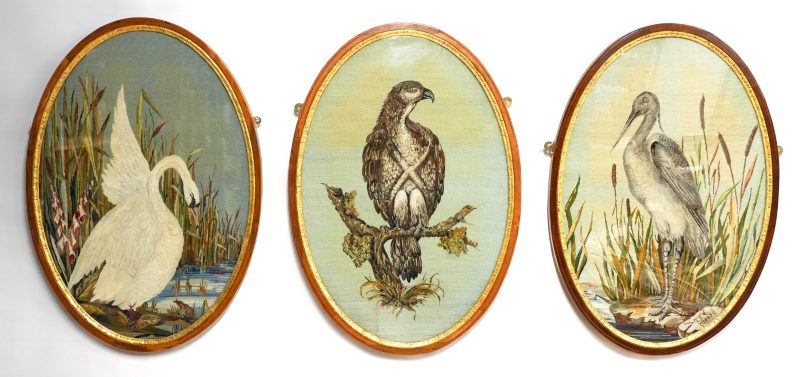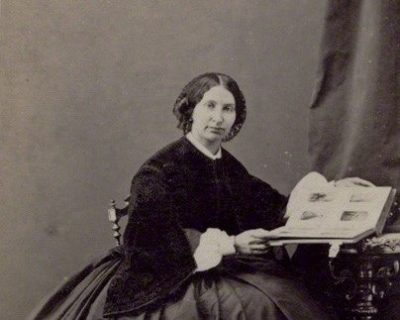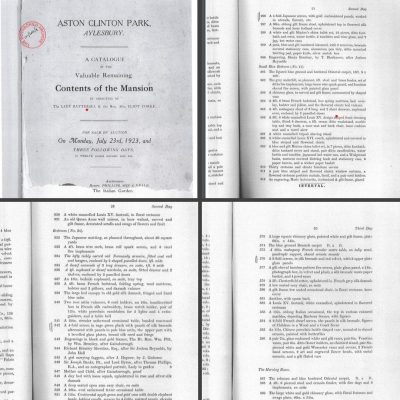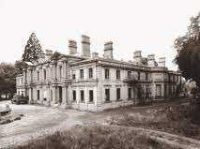Tracing Heritage
Coming up in our forthcoming Interiors sale in May are three curious oval panels with embroidered depictions of birds, that probably originally formed the upper section of a three-fold screen that was probably once owned by the Rothschild family (lot 630).

The vendor’s grandfather, George Blizard, was an employee of the Rothschild family and acquired the screen at the 1923 contents sale of Aston Clinton, a country estate in Buckinghamshire and the home of Sir Anthony Rothschild from 1849. After he’s death in 1879 the house was passed to his wife, Louisa, who maintained a life time interest in the property until 1910, when the house reverted back to the Rothschild Estate and the three sons of Lionel de Rothschild (Anthony’s brother). The monogram ‘LdeR’ which forms part of the screen’s crest are probably the initials of Louisa de Rothschild.

By 1923 these three sons had all died and the daughters of Anthony and Louisa had already ceased to use the property due to the outbreak of World War One. The house and its contents were sold in two large sales in 1923, the first by Christie’s, and the remaining contents by Philips, Son & Neale. It’s possible that the three panels formed the upper part of the three-fold screen, noted as lot 576, ‘A 3-fold screen, in silk brocade and red velvet, with 3 upper plate glass panels’, from the Philips sale and purchased by George Blizard who removed the glazed panels from the upper section, retaining a walnut veneered crest bearing the monogram. The panels have recently now been cleaned and the old silk brocade removed from the backs. Interestingly, the heron is clearly initialled L.E.R and dated 1865. The eagle bears the date 1875. Folding screens were a significant feature in fashionable, rich Victorian homes, serving to divide up expansive spaces. It’s possibly that the screen was later constructed towards the end of 19th Century to showcase these works of art.

Like many grand English country houses, Aston Clinton was sadly demolished during the 1950s after being requisitioned in World War Two by the military and then briefly as a school.







